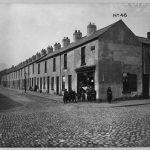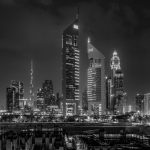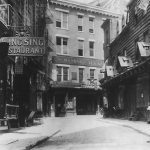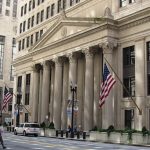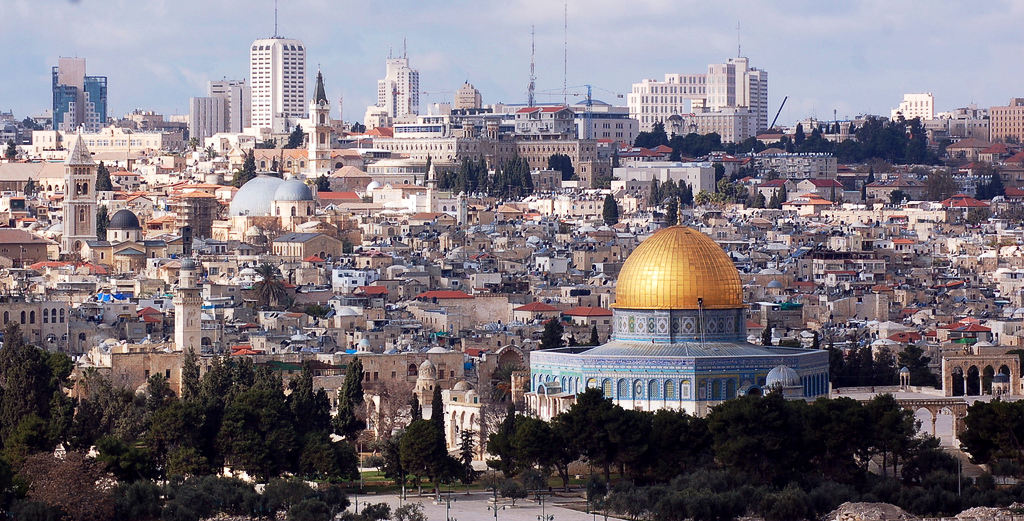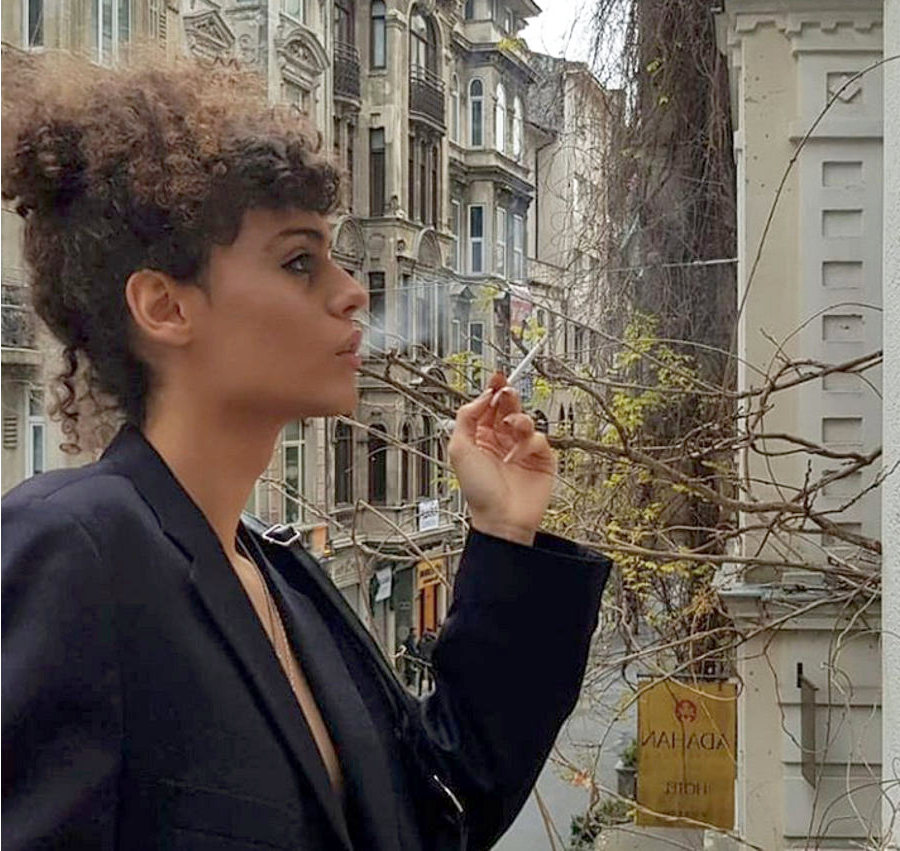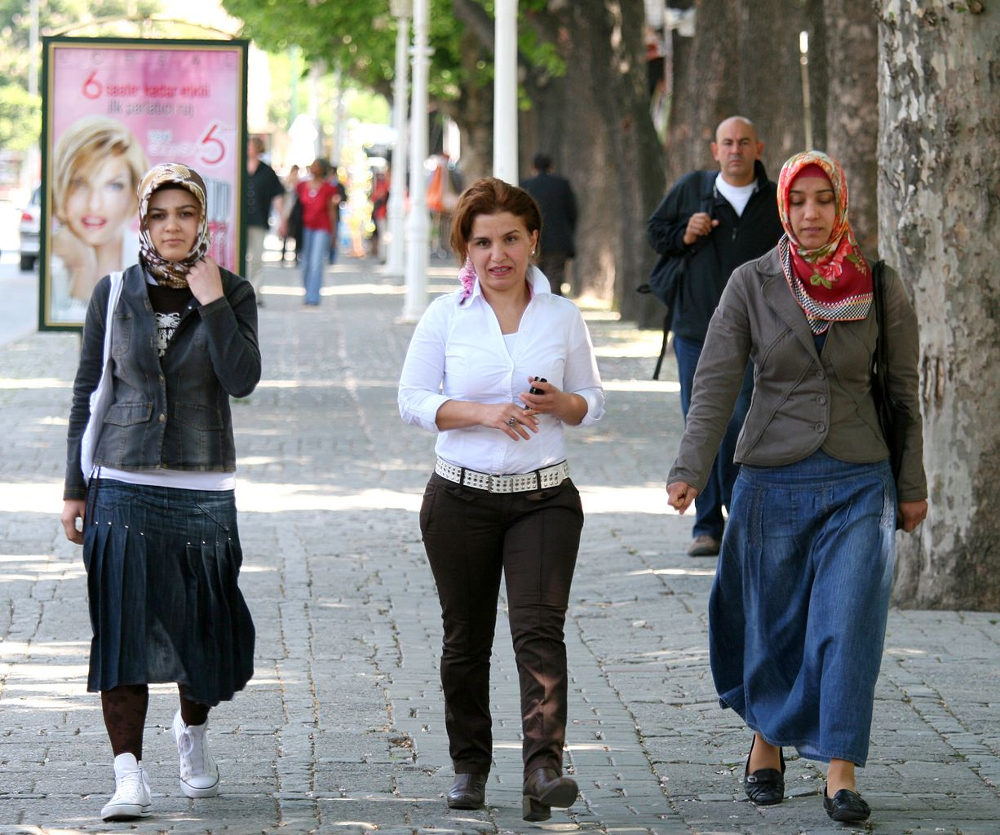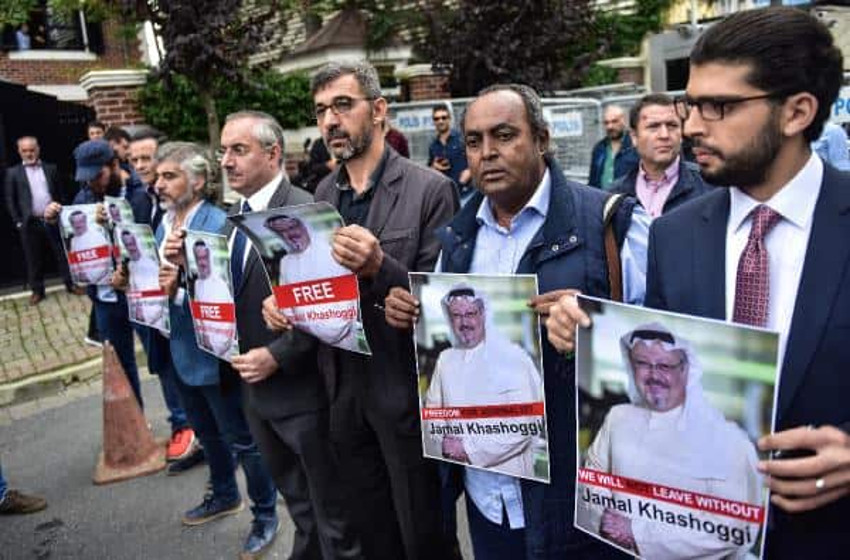JERUSALEM (ViaNews) – Conversations with individuals across Israel-Palestine all shared the factor of fear. Speaking to politicians, activists, and locals from either side of the debate threw up the same single emotion, which stands in the way of a peace settlement.
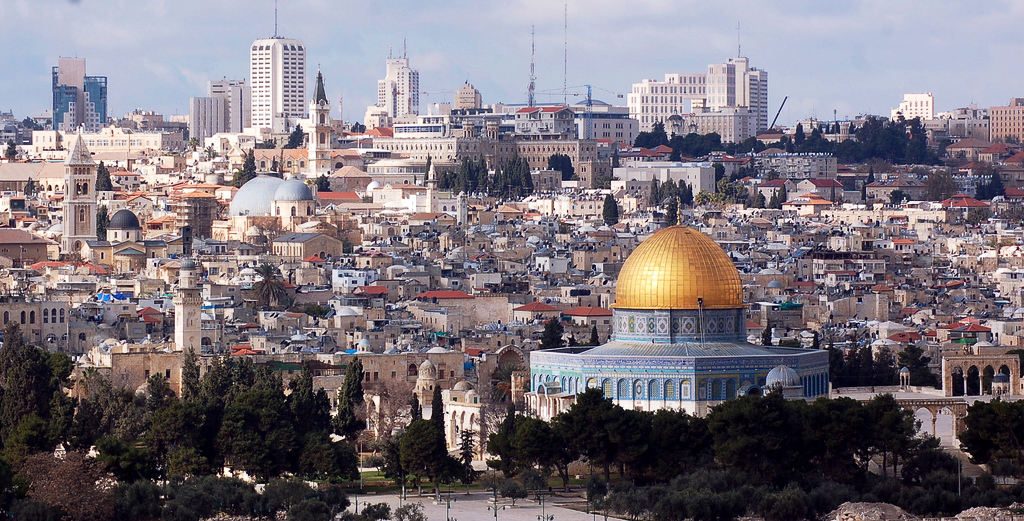
Political talks over a solution have all but stalled, yet dialogue on the ground is just as important. Fear of the other side coexists alongside a distrust of them, which has split cities such as Jerusalem, an incredibly multicultural place, into a home for many communities, some of whom do not and will not interact with each other. Rather than the inclusive city, Jerusalem has the potential to be, it’s inhabited by a set of micro-communities, who keep to their people. This has to change if there is ever to be a political solution in the region’s political circles and on the ground.
“I would see Palestinians on the other side of the street, I would immediately feel insecure and scared, and would avoid any interaction I could with any Palestinians I saw”.
I took part in the ‘Bridges not Boycotts: On the Record’ trip to Israel-Palestine, where we travelled to Jerusalem, Bethlehem, Tel Aviv, to Ramallah and to other sites, interviewing politicians, journalists, and activists on the complexities of the conflict there. It was a mixture of this, and a few days spent interviewing locals in Tel Aviv and Jerusalem, which underlined the abundance of fear on all sides to me. Fear results in isolating oneself from the other communities. If there is not enough trust in the other side for dialogue, there is not enough for peace discussions, or for peaceful coexistence. This fear and self-isolation lead to an ignorance of the other’s claims, and an emphasis on absolute ownership instead.
This separation into societies of Arabs and Israelis has continued into the state school system. On our group trip, we spoke to MEET, an organization which brings together Israelis and Palestinians to develop entrepreneurial skills alongside each other. Individuals on the project from a variety of backgrounds spoke to us extensively about the fear which is injected into childhood on either side. An Israeli spoke of his experiences, saying that you “live the conflict every day”, and that, as a child “I would see Palestinians on the other side of the street, I would immediately feel insecure and scared, and would avoid any interaction I could with any Palestinians I saw”.
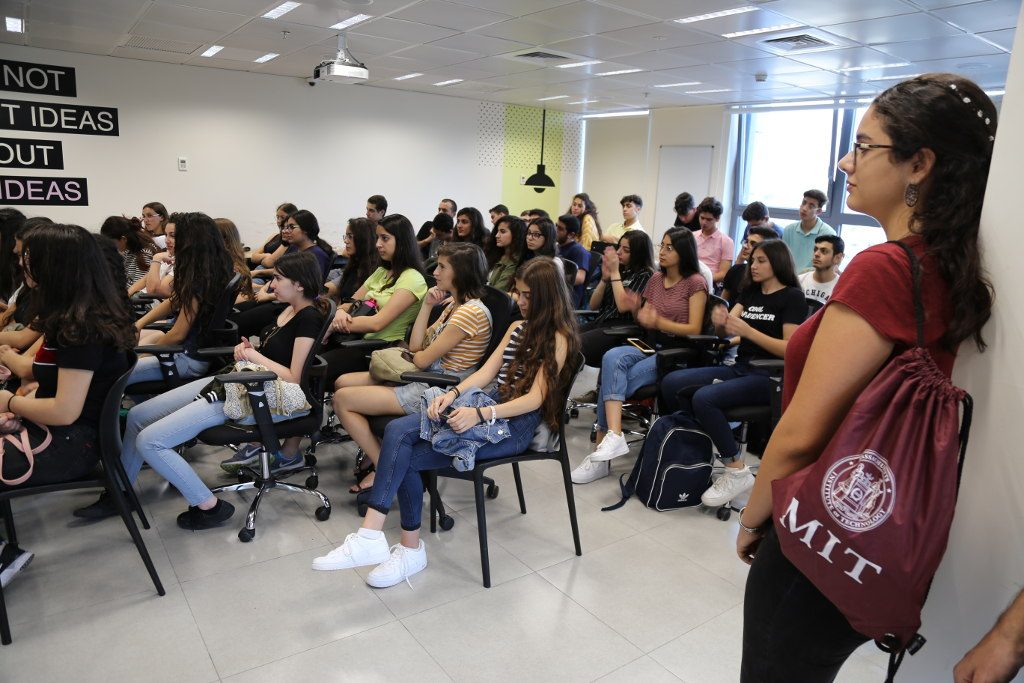
When asked about the effect his participation in MEET has had on that view, he told us that he was, before, scared to go shopping in Jerusalem’s Old City. That, he said, had since changed, after he found, for the first time when he joined MEET, that “you don’t really see the difference between you and the other students. You find out that they play the same video games as you do, and like the same soccer teams as you do. They do the same stuff that you do”.
Grateful to entire @MEET_Education community #Thanksgiving in #Jerusalem! Hope looks like this & you make it happen. pic.twitter.com/Y8oOXW8PGe
— MEET (@MEET_Education) November 26, 2015
When a claim of inherent difference is engrained into the education system and everyday life, a political solution is not enough. It’s most dangerous and potent effect is when it’s ingrained into a school system, as it perpetuates that same divide in the later generations who have the ability to make peace in the region and normalise an inter-community dialogue. As far away as it appears to be, a breakthrough in political talks would always be undermined by the separation of groups living in Israel-Palestine. Largely, children from Palestinian backgrounds cannot go to Israeli schools, and Israeli children cannot attend Palestinian schools. Their interactions with one another are purely negative in the most part, through the media, and, as a MEET student told us from Palestine “the only view they [most Palestinians] have of an Israeli person is of a soldier at the checkpoint”.
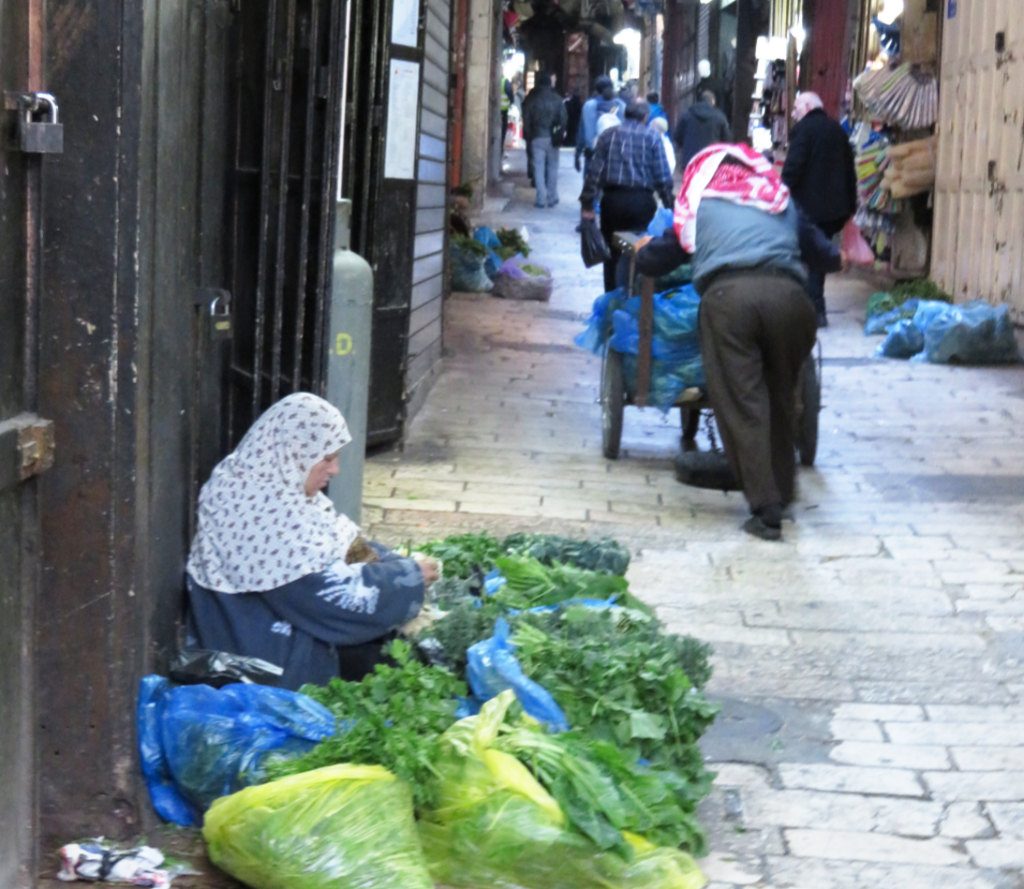
The fear from both sides is the root of this development in society. I interviewed a Palestinian shopkeeper in East Jerusalem. Squatting on plastic chairs, he served me Palestinian tea with mint as tourists wandered in and out, bartering for gifts. The Palestinian Liberation Organisation (PLO) headed by Mahmoud Abbas for the past 11 years, has always spoken of East Jerusalem as the future Palestinian capital. So, too, do Palestinians when you speak to them. The shopkeeper was instantly happy to answer my questions, even, for me to record him. It was only when I asked to name him, or to share his photo in this article, that his fear began to show. He said that he was scared that he could face the Israeli Defense Forces (IDF), the military force which has stations across Jerusalem, on his shop front if I published his photo, or his name, in this article.
“The agreements are not worth the paper they are being signed on”.
Western Press does not cover the mutual fear. The press, instead, is largely polarized, covering one or the other side of the conflict, save one or two publications. Danger is felt on both sides, and both feel that they face physical danger every day. Any concession, or deliberation, from both sides, would be seen by their people as prompting a dangerous development. When it comes to physical danger, any appearance of political strength loses its significance. The fact is that individuals across the religious, political and economic spectrum in Israel-Palestine share the fact of fear.
Comments by Efrat Mayor, Oded Revivi
We also spoke to Oded Revivi, the mayor of Efrat, a settlement of almost 9000 people in the West Bank, south of Bethlehem. When asked about the prospects for Israeli demilitarization and evacuation of the West Bank, he expressed a fear not dissimilar in magnitude to the fear I encountered at the shop in East Jerusalem. Israel’s withdrawal of settlements and troops from the Gaza strip in 2005 was an attempt, he said, to develop peace and dialogue with the residents and politicians in the area. The reality is that Hamas, the organization responsible for frequently sending rockets into Israeli territory, won the Gaza election of the coming year. Rather than peaceful, the Gaza-Israeli border has become one of the most volatile in the region. The result is a fundamental distrust and fear of paper agreements by a number of Israeli politicians: “the agreements” Revivi said, “are not worth the paper they are being signed on”. His argument and the argument of many campaigning for settlement and military presence in the West Bank is that withdrawal from the West Bank could potentially have the same result. If the withdrawal from Gaza brought about Hamas’ election and newfound border volatility, what is to say that that will not occur after a withdrawal from the West Bank?
פעם שלישית גלידה pic.twitter.com/AJ3p6jH7LD
— עודד רביבי (@odedrevivi) October 31, 2018
Oded Revivi tweet. Translation: Third time’s the charm.
Both of these concerns, from either side of the conflict, occur in a country where everyone and everything is close to each other. The shopkeeper’s proximity to the Israel Defense Forces (IDF) – which is stationed across Jerusalem in groups of three or four – makes him scared to publish pictures of himself anywhere. Similarly, the danger of Gazan rockets to Israeli citizens living close to the border has developed a fear and distrust of any agreement to leave the West Bank, at least in Revivi’s eyes. The danger would be that another volatile border would replace a now more secure barrier. Israeli security, in his mind, and in the mind of security experts, is easier to provide “where we have a military presence”. In Jerusalem, this is just as apparent, where travelling from the outskirts to the city centre takes just 10 minutes. Everyone is so close to each other in a climate where there is little inter-group dialogue. That highly diverse population, coupled with the intense divisions across Israel and Palestine, but particularly in Jerusalem, was one of the most striking things I noticed during my time there. It produces a juxtaposing atmosphere of intense division in a city famed for it’s importance to so many peoples, and it’s residence for so many peoples.
This ultimate fear on both sides must be accepted and understood because it provides a path to understanding widespread emotions of absolute ownership and possession. Constantly, these expressions are made in an attempt to persuade anyone of the legitimacy of their claim, and resulting illegitimacy of the opposite claim. This stems from the broad displays of anxiety and fear: showing absolute ownership, and thereby ignoring the opposite claim, is a way of covering up the intense fear that many have. Nowhere is this most explicit than in Jerusalem.
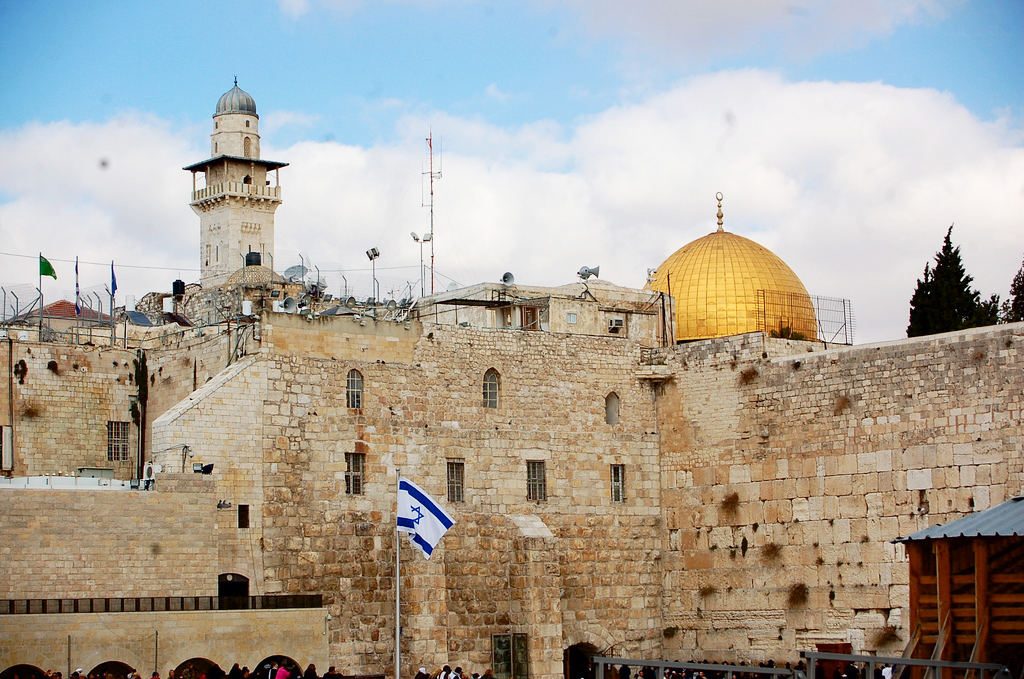
On Shabbat early afternoon in January, a group of Haredi Jewish men dance up the cobbled street from the Jaffa gate in the Old City of Jerusalem. Arms linked and singing a tune adapted from a Torah script about the Israelites returning to their home, this is a classic attempt to claim ownership of the city. Dancing alongside the Old City and loudly singing, their objective is for their raucous claims to be heard. Their right to the city, they argue, is absolute, and renders the Palestinian right to a part of it illegitimate.
“Not a temple! Mosque, the Al-Aqsa Mosque!”
Palestinians, too, project the same strong emotions of ownership. The Temple Mount is one of the key issues in Jerusalem, as it is where the Second Jewish Temple is believed to have stood. That was built on the site of Mount Moriah, the site where Abraham is believed to have taken his son Isaac to be sacrificed as an offering to God, before God sent an angel to stop him. It is, therefore, one of the holiest places in the world for members of the Jewish faith. Hence the English name for it, the Temple Mount. It is also the site of Mohammed’s ascension to heaven, in the Koran, and so it’s one of the holiest sites in Islam. Today it’s the site of the Al-Aqsa mosque and the Dome of the Rock, two of the holiest places in the Islamic faith, The name in English, however, remains the ‘Temple Mount’. Today the Waqf, an Islamic religious trust linked to the Jordanian government, controls it.
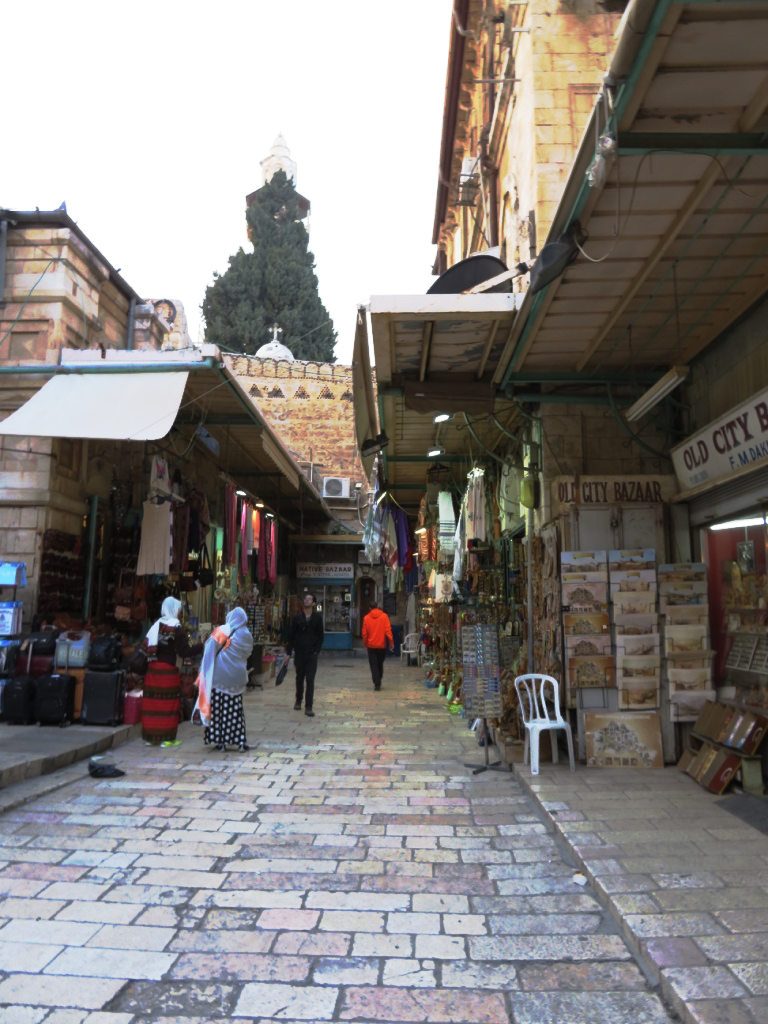
When I asked another Palestinian shopkeeper for directions to the Temple Mount, the absolute ownership was just as apparent. His immediate response was “Not a temple! Mosque, the Al-Aqsa Mosque!” I was using the common English name for the area, and, being in touristy Jerusalem, he would have heard it often. But his taking issue with the ‘Temple Mount’ name was his way of ignoring all Israeli legitimacy there. The historical legitimacy, instead, lies with the Palestinians. Again, this is an absolute legitimacy.
These claims of absolute legitimacy have further separated Jerusalem’s Old City into communities who keep themselves to themselves. Some ultra-orthodox Jews have moved into the Muslim Quarter, but they fly Israeli flags from their windows to showcase their political position. There is little interaction between too many of the orthodox Jews and Palestinians living in Jerusalem, partly because neither is prepared to accept the other’s claim to legitimacy. Walking past Arab run shops, groups of Orthodox Jews do not stop or look to their left or right. Palestinians are the same; they do not interact with anyone who is dressed in Jewish garb. This makes imagining a future solution very hard, in a city around which peace talks have always focused.
Peace can, currently, neither be reached and is nor on the near horizon, because both groups regard Jerusalem as an essential part to their statehood, and are not prepared to negotiate on the other’s claim. The Palestinians refuse to accept statehood without East Jerusalem as the capital, whilst Israelis refuse to accept statehood without the entirety of Jerusalem as the capital. Too many do not realise the other’s claim to legitimacy and have developed an ignorance of the other side.
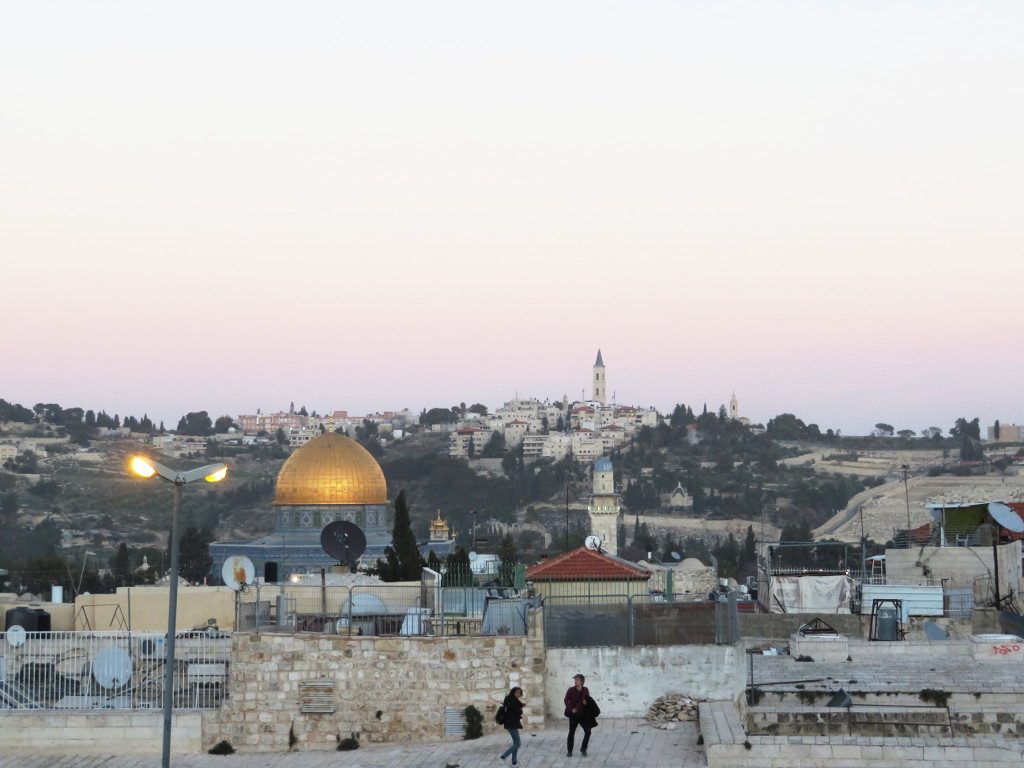
When you analyse prospects for peace, you have to consider the situation on the ground as well as the political situation. Even if a political settlement were reached on Jerusalem’s partition, which, now, seems far from likely, its acceptance on the ground would prove difficult to come by. A change in mentality on the ground is key, if peace is ever to be reached. Groups like MEET, which focus on enabling dialogue and work atmospheres between the youth of different communities, have highlighted the only way of creating a meaningful dialogue for peace.
Intercommunity dialogue is the force for peace. The current structure of mixed cities like Jerusalem is one of passive coexistence at best, with little communication between different communities. In such a situation, relationships on the ground, or the lack thereof, make peace impossible, temporarily, even if a political solution does present itself. More groups like MEET, which is independent of any government, are essential if a future peace plan is ever going to come into effect, as their efforts have, for their students, broken the cycle of fear and unending distrust. Instead, it has introduced mutual understanding, flexibility, and hope for the region’s future.


